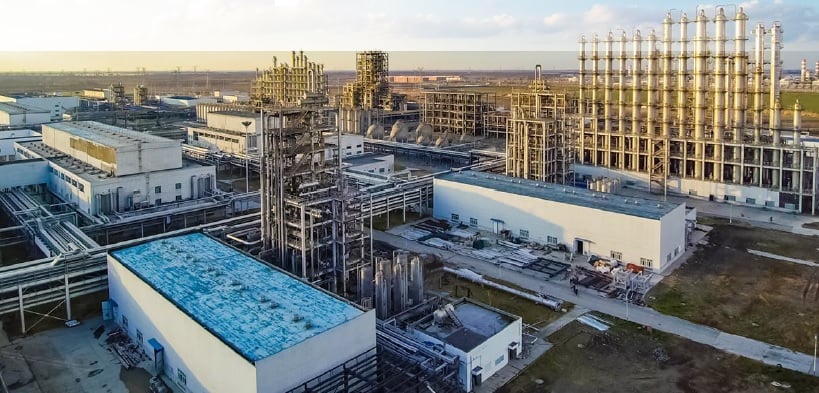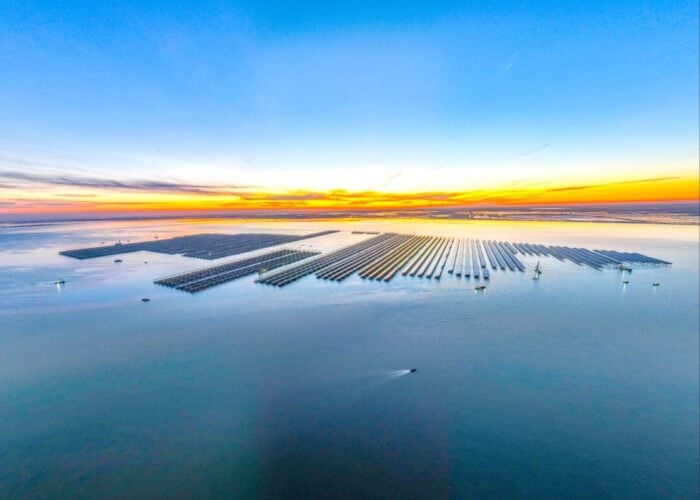
The Chinese polysilicon industry could face a shortage by 2028, despite persistent overcapacity in recent years, according to polysilicon market analyst Bernreuter Research.
Polysilicon prices have fallen from a high of US$39/kg in 2022 to less than US$4.50/kg at the end of 2024, Bernreuter Research said, which is below the cash cost of most manufacturers.
Try Premium for just $1
- Full premium access for the first month at only $1
- Converts to an annual rate after 30 days unless cancelled
- Cancel anytime during the trial period
Premium Benefits
- Expert industry analysis and interviews
- Digital access to PV Tech Power journal
- Exclusive event discounts
Or get the full Premium subscription right away
Or continue reading this article for free
In efforts to reduce losses and increase selling price, market leaders, such as Daqo New Energy, have cut production capacity, though Bernreuter Research said this has “has not been sufficient to carry off the high mountain of inventory.”
Johannes Bernreuter, head of Bernreuter Research, said: “Polysilicon prices in China will hardly rise beyond US$5/kg through 2027 unless manufacturers shorten supply more drastically or the price of silicon metal feedstock rebounds strongly.”
A supply shortage could arise if those manufacturers eliminate all excess capacity in an effort to increase the price of polysilicon.
“A major industry shakeout will lay the ground for a new shortage by 2028 – which is exactly what happened during the shakeout from 2018 through 2020,” Johannes Bernreuter said.
Demand for polysilicon from the solar industry, which Bernreuter Research said is the biggest buyer of the material, is set to stay strong in the coming years. Despite changing demand dynamics in China, Bernreuter Research still expects between 720GW and 750GW of new solar PV capacity in 2025.
Polysilicon market shakeout
In late 2023, Bernreuter Research predicted that the polysilicon market would see a “shakeout” in 2024 as smaller producers would be pushed out by major players more able to sustain low prices.
As all of the market leaders have posted losses over the last year, they have largely sought to cut production. Reporting from PV Tech in December suggested that up to 1.2 million tonnes of polysilicon capacity could be affected by the decision to control production, taken at the time by Daqo New Energy and Tongwei Solar.
However, Bernreuter Research suggested that the market leader, Tongwei Solar, may be pushing hard for a “shakeout”.
In its announcement today, Bernreuter Research said Tongwei had “tried to gain additional market share at the cost of weaker competitors.”
In a post on LinkedIn last week, Johannes Bernreuter asked: “Is polysilicon market leader Tongwei Solar making a new attempt to push competitors out of the market? So far, Tongwei’s cut-throat strategy has not panned out, but its use of seasonally low electricity rates in the Chinese provinces of Sichuan and Yunnan to increase output and depress prices could follow the same playbook.”
PV Tech reported that polysilicon prices continued to fall as recently as May, despite apparent efforts to control overcapacity. The market challenge in 2025 pushed Korean chemical firm, OCI Holdings, to delay an Initial Public Offering (IPO) for its Malaysian polysilicon business in April.






